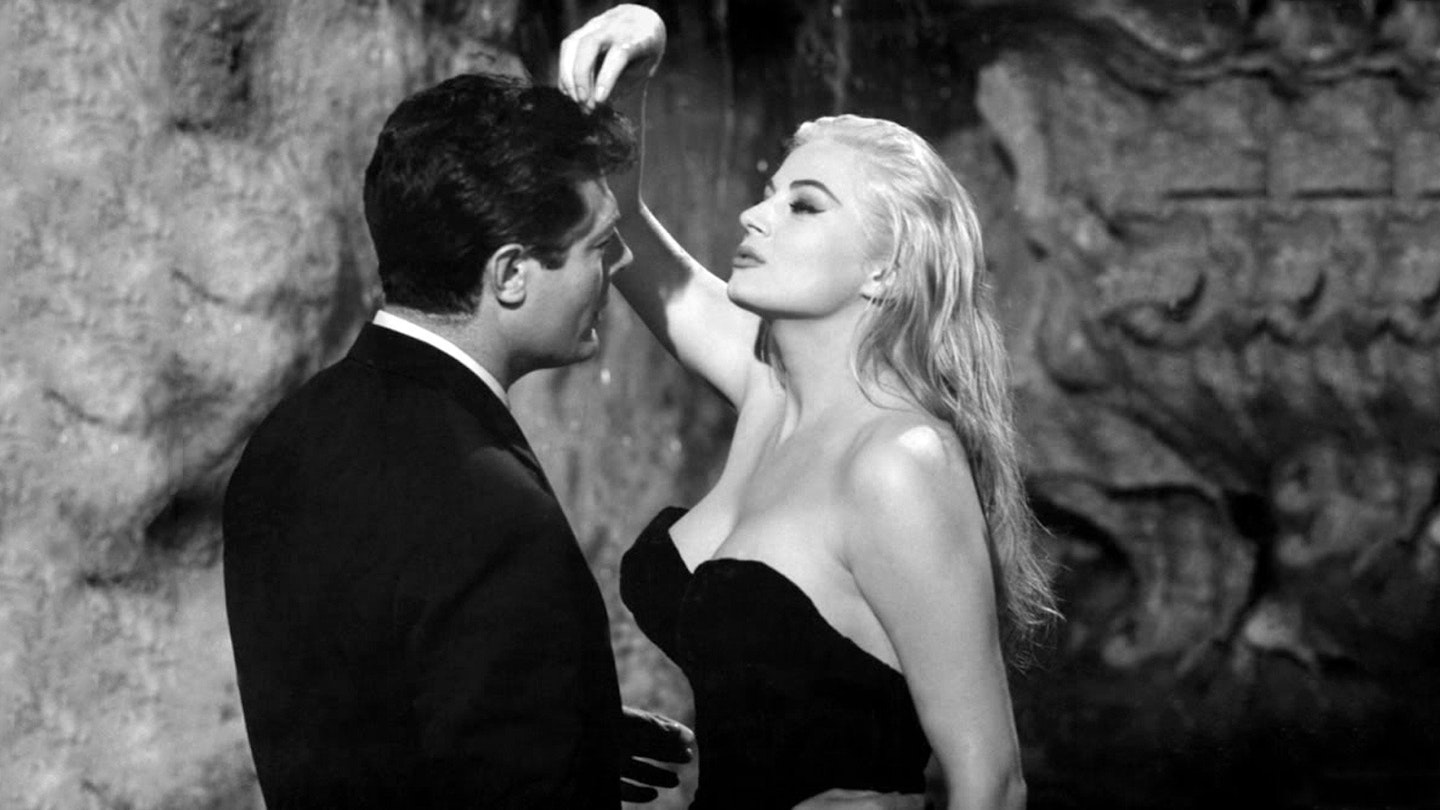Federico Fellini approached peak form with this parody of both the socialites and celebrities who bask in cheap publicity and the parasites who report their antics as though they were of world-shattering import.
The film coined the term `paparazzi' and it's intriguing to note how little the morality of the glory-seeking shutterbug has changed since Fellini scandalised the chattering classes with this cynical, satirical study of a Rome that had become starstruck following the success of such Hollywood runaways as Three Coins in the Fountain and Roman Holiday.
Cobbled together from contemporary headlines, discarded screenplays (Moraldo In The City and A Journey With Anita) and superfluous fragments (the beached sea monster incident came from I Vitelloni), the episodic storyline showed an Eternal City overrun by social movers and showbiz shakers and Fellini couldn't resist exposing them as the wannabes, has-beens and never-wouldbes they were.
Paul Newman was reportedly keen to be participate in this denunciation of faux glamour. But Fellini insisted on Marcello Mastroianni as his alter ego, especially having failed to land either Peter Ustinov or Walter Pidgeon for Steiner (Alain Cuny), Silvana Mangano for the heiress Maddalena (Anouk Aimée) or Edwige Feuillère, Greer Garson or Luise Rainer for Nadia (Nadia Gray). It proved to be a wise decision, as Mastroianni's insouciant charm only highlights the indolence of those around him.
Fellini also struck lucky with his choice for Sylvia the Tinseltown starlet, as Monroe-esque Swede Anita Ekberg's pneumatic cavorting in the Trevi Fountain became one of the iconic images of the 1960s.
Producer Dino De Laurentiis predicted that this `incoherent, false and pessimistic' picture would prove a calamity. But its banning by the Catholic Church as atheist, Communist and treasonable filth made it a cause célèbre. Moreover, by his brilliant use of a shallow depth of field on a sprawling CinemaScope canvas, Fellini had single-handedly rebranded and repositioned Italian cinema and earned himself the creative freedom that would result in yet another masterpiece, 8 1/2.
